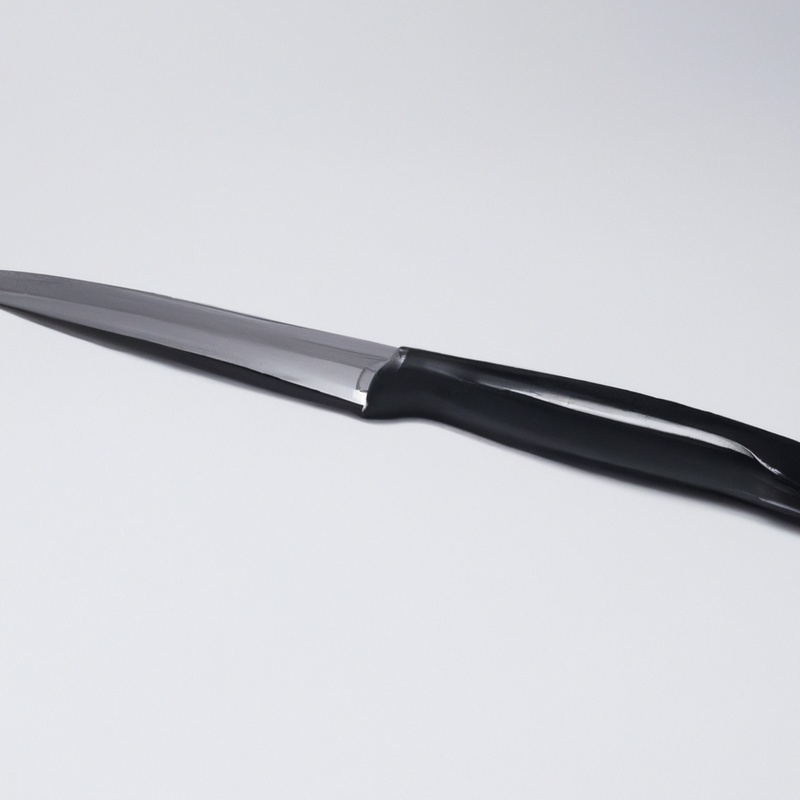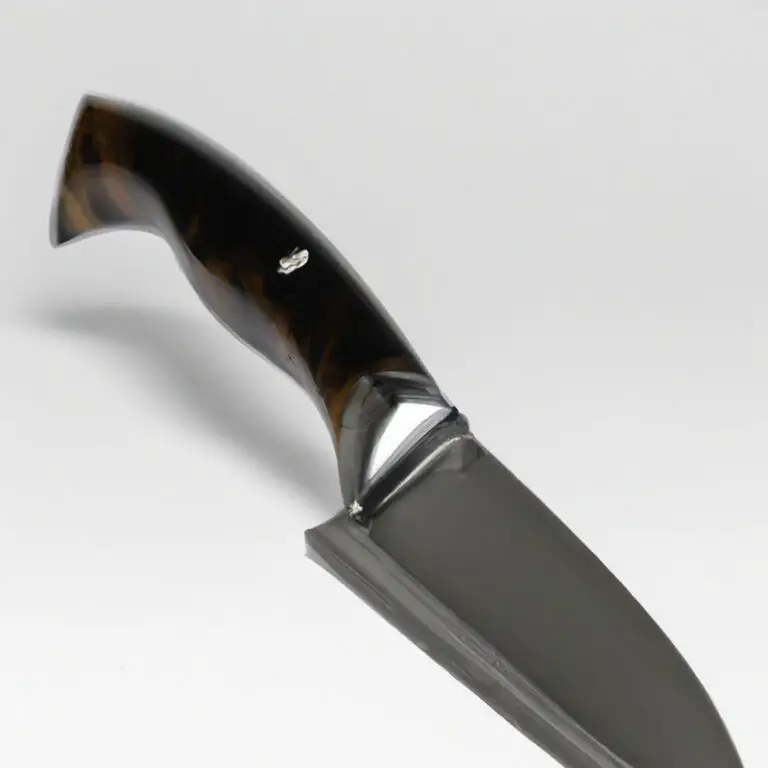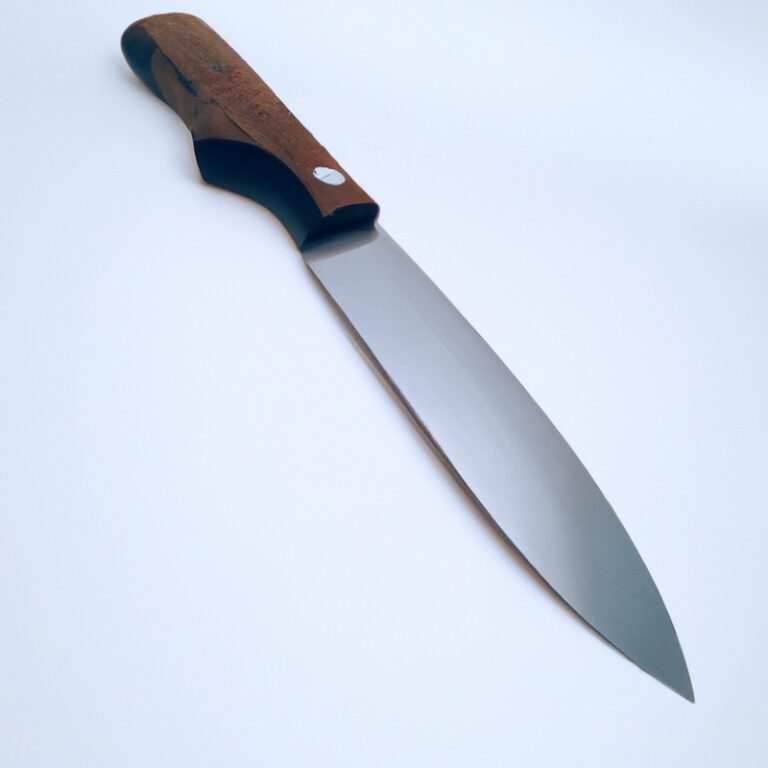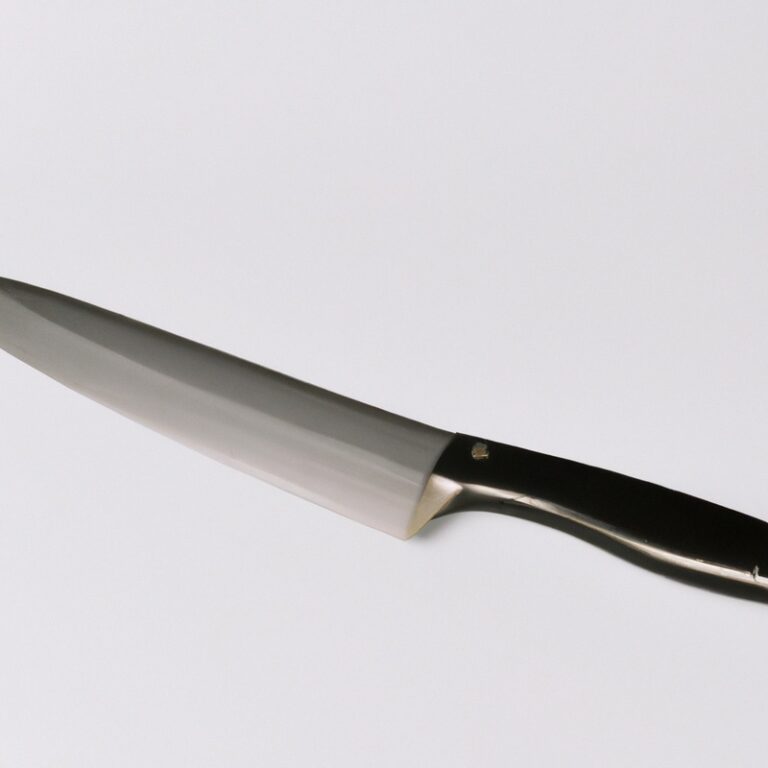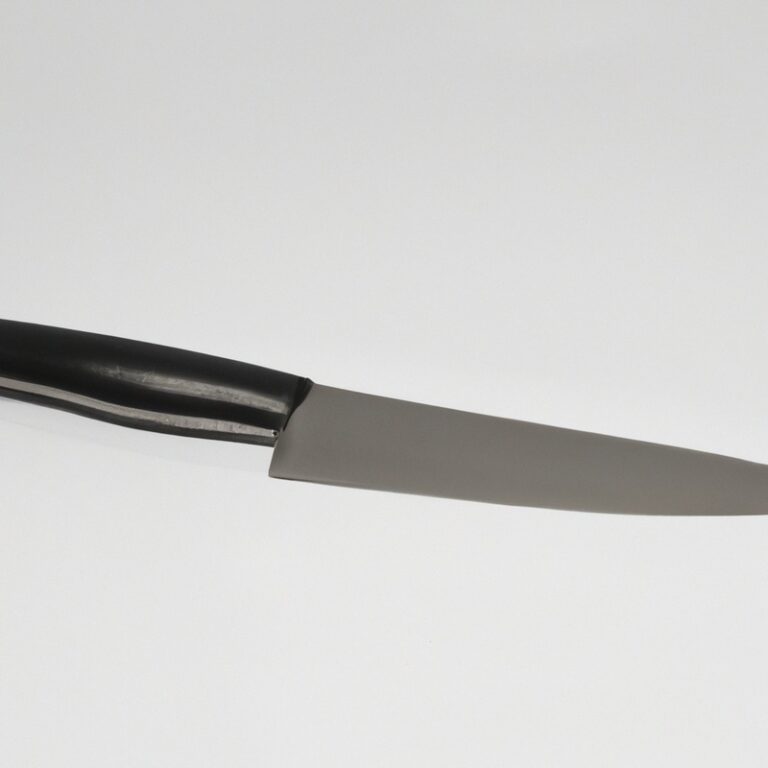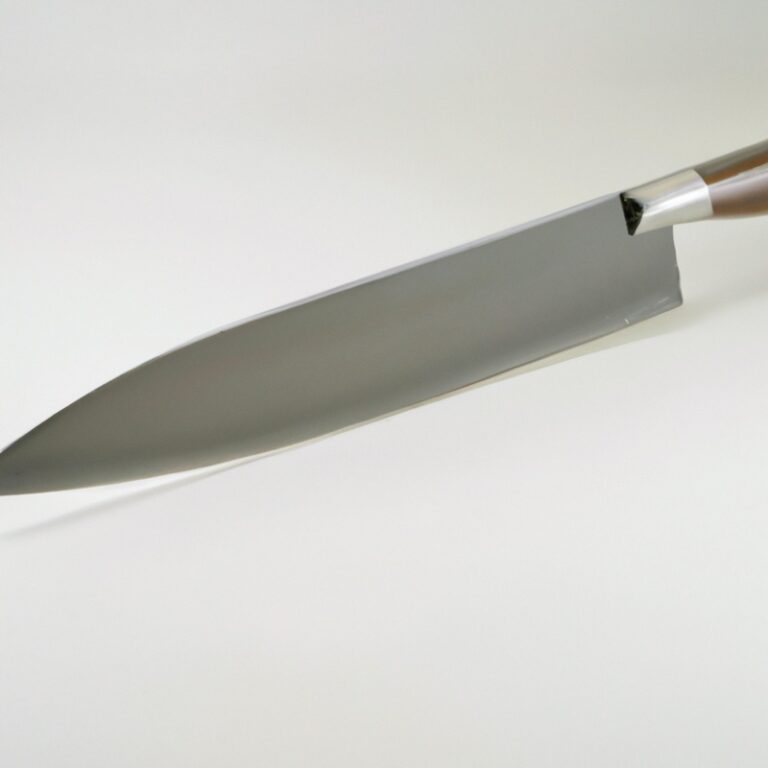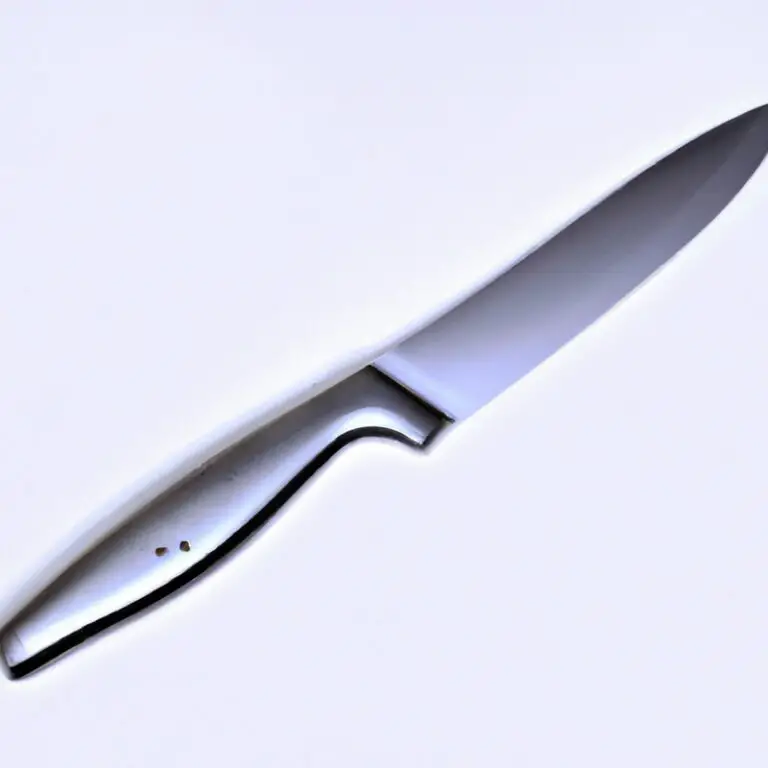How Does Knife Steel Influence Blade Toughness In Combat Knives?
Key Takeaways:
- Blade toughness in combat knives is primarily influenced by the quality and composition of the knife steel used.
- High carbon steel and tool steel are popular choices for combat knife blades due to their superior toughness and durability.
- Steel hardness plays a crucial role in blade toughness, as harder steel allows for better edge retention and resistance to chipping.
- A balanced heat treatment process is crucial in enhancing the toughness of knife steel for combat knives.
Have you ever wondered what it takes to create a combat knife with unwavering toughness? Well, my friend, look no further.
In the world of blades, knife steel is the unsung hero that influences the true backbone of a combat knife – its toughness.
As a self-proclaimed blade enthusiast, I’ve delved into the depths of this fascinating subject. In this article, we’ll explore the impact of knife steel on blade toughness, dig into the factors that affect it, and uncover the secrets to maintaining it.
So, buckle up as we embark on a journey to unveil the intricate relationship between knife steel and blade toughness in combat knives.
| Knife Steel | Toughness |
|---|---|
| High Carbon Steel | High toughness |
| Stainless Steel | Moderate toughness |
| Tool Steel | High toughness |
| Damascus Steel | Varies (depends on composition) |
| Ceramic | Low toughness |
Understanding Knife Steel
What is knife steel?
Knife steel refers to the material used to make the blade of a knife.
It is a type of alloy that is specifically designed to be used in knife production.
The steel used in knives is typically a combination of iron and carbon, with other elements added to enhance its properties.
These elements may include chromium, vanadium, and molybdenum, among others.
The specific composition of the steel can vary, resulting in different characteristics such as hardness, toughness, and corrosion resistance.
The choice of knife steel plays a significant role in determining the performance and durability of a knife.
Factors to consider when choosing knife steel
When choosing knife steel, there are several factors to consider. The first is hardness, which affects edge retention and resistance to wear.
Another factor is corrosion resistance, important for knives used in wet or humid conditions.
Toughness is also crucial, as it determines the knife’s ability to withstand impacts and handle heavy tasks. Additionally, consider the ease of sharpening and the intended purpose of the knife.
Remember to balance all these factors to find the right steel for your needs.
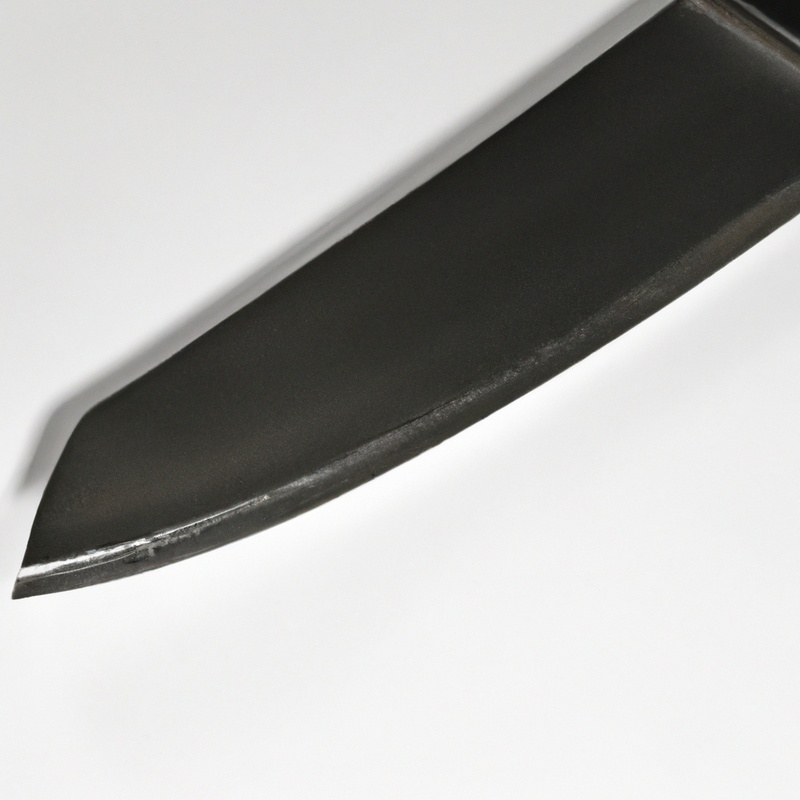
The role of knife steel in blade toughness
The role of knife steel in blade toughness is significant.
The type of steel used in a knife can greatly impact its ability to withstand heavy use and maintain its sharpness.
High-quality knife steels, such as those containing a high percentage of carbon, are known for their excellent toughness.
They can resist chipping, breaking, and bending, making them ideal for combat knives that need to withstand demanding tasks.
Additionally, the heat treatment of the steel plays a crucial role in enhancing its toughness properties.
Properly selecting and treating the knife steel is essential for ensuring a durable and tough blade.
Blade Toughness in Combat Knives
The importance of blade toughness in combat knives
Blade toughness is incredibly important in combat knives.
It refers to the knife’s ability to withstand heavy use without chipping, breaking, or becoming dull.
In combat situations, a knife needs to be reliable and durable.
A tough blade ensures that the knife can withstand intense impacts and rapid movements without losing effectiveness.
A combat knife with high blade toughness provides confidence to the user, knowing that it can handle demanding tasks without failing.
It is crucial for a combat knife to have excellent blade toughness to ensure safety, performance, and longevity in the field.
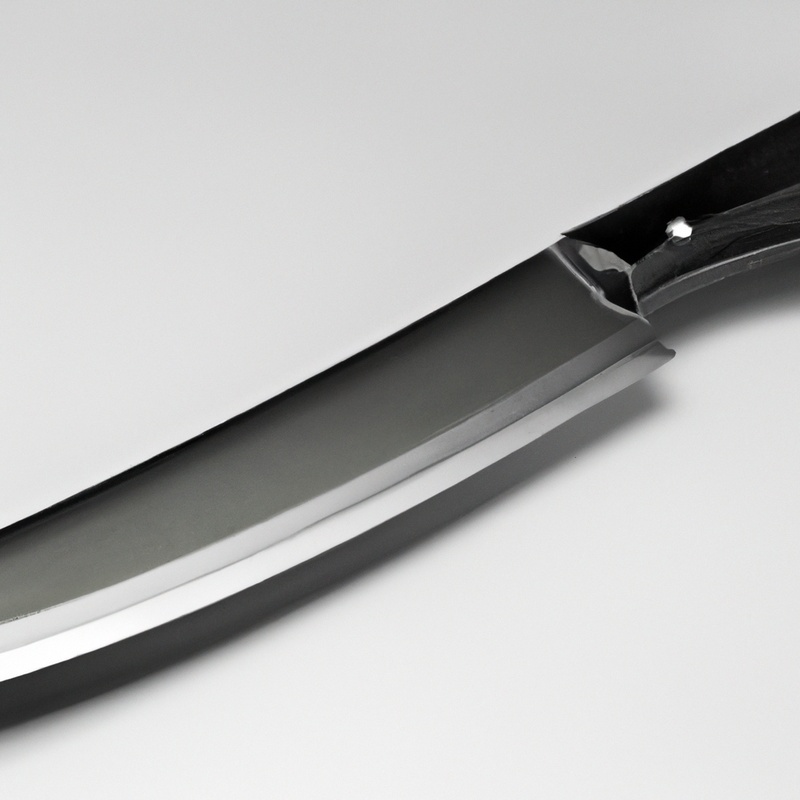
Knife steel and its impact on blade toughness
Knife steel plays a crucial role in determining blade toughness. The type of steel used in a knife affects its ability to withstand impact and resist breaking or chipping.
Certain steel compositions, such as high carbon or tool steels, provide excellent toughness.
The hardness of the steel is also a factor, as harder steels can be more prone to brittleness. Finding the right balance between hardness and toughness is important for combat knives, as they need to be strong enough to withstand heavy use and potential impact.
So, when choosing a combat knife, pay attention to the type and hardness of the steel to ensure optimal blade toughness.
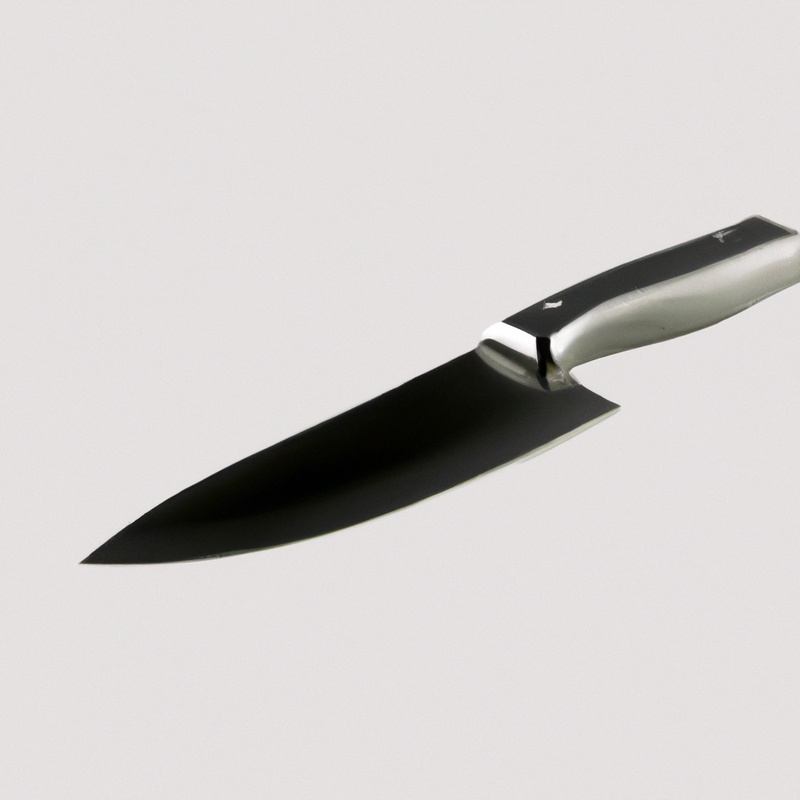
Balance between hardness and toughness in combat knives
Finding the right balance between hardness and toughness is crucial in combat knives.
Hardness measures a blade’s ability to hold an edge, while toughness determines its ability to withstand impact and resist breaking.
A blade that is too hard may be prone to chipping or breaking, especially during heavy-duty use.
On the other hand, a blade that is too tough may not hold its edge well and require frequent sharpening.
Knife makers aim for a balance between hardness and toughness by selecting the appropriate steel composition and utilizing heat treatment techniques.
This ensures the blade can withstand intense combat conditions while maintaining its sharpness.
A well-balanced combat knife will provide durability, reliability, and optimal performance in the most demanding situations.
Influence of Knife Steel on Blade Toughness
Different types of knife steel and their toughness properties
There are various types of knife steel used in the production of blades, each with its own toughness properties.
Here are a few common ones:
- Stainless Steel: Known for its corrosion resistance and ease of maintenance, stainless steel offers good toughness. However, it may not hold an edge as well as other types of steel.
- Carbon Steel: Carbon steel is highly regarded for its toughness and ability to maintain a sharp edge. It is less resistant to corrosion, so proper care is essential.
- Tool Steel: Designed for tools and blades that undergo heavy use, tool steel offers excellent toughness and edge retention. It is often used in combat knives.
- Damascus Steel: Known for its beautiful patterning, Damascus steel is a combination of multiple steel types. It typically exhibits good toughness while maintaining a sharp edge.
It’s important to note that the specific composition and heat treatment of each steel can also impact its toughness properties.
Common knife steels used in combat knives and their toughness ratings
Combat knives are typically made from various types of steel, each with its own toughness rating.
Some common knife steels used in combat knives include:
- Carbon Steel: This high-carbon steel is known for its exceptional toughness and edge retention. It is popular among combat knife makers due to its ability to withstand heavy use and harsh conditions.
- AUS-8: A stainless steel alloy, AUS-8 offers good toughness and corrosion resistance. It is widely used in combat knives for its balanced performance and affordability.
- CPM S30V: A premium stainless steel, CPM S30V is known for its excellent toughness, edge retention, and corrosion resistance. It is often found in high-end combat knives.
- D2 Tool Steel: D2 is a semi-stainless steel that boasts high hardness and good toughness. It is commonly used in combat knives for its edge retention and durability.
- CPM 3V: This tool steel offers exceptional toughness and impact resistance. It is highly regarded for its ability to absorb shock and withstand heavy chopping tasks.
Different knife steels have specific toughness ratings that indicate their ability to resist cracking, chipping, and breaking under stress.
These ratings are influenced by factors such as the steel’s composition, heat treatment, and manufacturing processes.
It’s worth noting that while steel plays a significant role in blade toughness, other factors like blade design and grind also contribute to the overall durability of combat knives.
How blade design and grind affect blade toughness
Blade design and grind play a significant role in determining blade toughness. The design of the blade, such as its shape, thickness, and curvature, affects how it absorbs and distributes impact.
A thicker blade can generally withstand more force without breaking, while a thinner blade may be more prone to chipping or bending.
The grind, which refers to the shape and angle of the blade’s edge, impacts its cutting performance as well as its overall strength. A well-designed grind can enhance the blade’s ability to withstand tough tasks and maintain its sharpness.
Factors Affecting Blade Toughness
Heat treatment and its effect on blade toughness
Heat treatment plays a critical role in determining the toughness of a blade. During heat treatment, the steel is heated to specific temperatures and then rapidly cooled to alter its molecular structure.
This process affects the blade’s hardness and toughness.
By carefully controlling the heat treatment, knife makers can achieve a balance between these two properties. If the steel is heated too much or cooled too quickly, it can result in a brittle blade.
On the other hand, insufficient heat treatment may lead to a softer blade that lacks durability.
Proper heat treatment is essential for achieving an optimal level of blade toughness in combat knives.
Blade thickness and its relationship to toughness
Blade thickness plays a significant role in determining the toughness of a combat knife.
A thicker blade tends to be more robust and able to withstand heavy use and impact without chipping or cracking.
However, there is a trade-off between thickness and other factors such as weight and slicing performance.
Finding the right balance is crucial.
Thicker blades are generally preferred for heavy-duty tasks and survival situations, while thinner blades are more suitable for precision cutting and slicing applications.
Ultimately, the desired toughness of a combat knife depends on its intended use and the preferences of the user.
Edge geometry and its impact on blade toughness
Edge geometry plays a significant role in determining the toughness of a knife blade.
The geometry refers to the shape and angle of the blade’s edge.
A thinner edge with a shallow angle will generally result in a sharper blade, but it may sacrifice some toughness.
On the other hand, a thicker edge with a steeper angle may be more resilient but less sharp.
The choice of edge geometry depends on the intended use of the combat knife.
For tasks that require precision and sharpness, a thinner edge may be preferred, while a thicker edge would be more suitable for heavy-duty applications where toughness is crucial.
Maintaining Blade Toughness
Proper care and maintenance to preserve blade toughness
Proper care and maintenance are key to preserving blade toughness in combat knives.
Here are some important tips to keep in mind:
- Clean your knife after each use: Wipe off any dirt or moisture using a clean cloth or paper towel. Avoid using harsh chemicals or abrasive scrubbers that can damage the blade.
- Oil the blade regularly: Apply a thin layer of oil to the blade to prevent corrosion and keep it in optimal condition. Use a high-quality lubricant specifically designed for knives.
- Store your knife properly: Keep it in a dry, cool place away from direct sunlight. Consider using a sheath or blade protector to prevent scratches or accidental damage.
- Avoid excessive force: While combat knives are designed for tough tasks, using excessive force can lead to chipping or breaking the blade. Use your knife for its intended purpose and avoid prying or twisting motions.
- Sharpen regularly: A sharp blade is less prone to damage and performs better. Regularly sharpen your knife using a sharpening stone or honing rod to maintain its cutting edge.
Potential risks to blade toughness and how to avoid them
A potential risk to blade toughness is improper use, such as prying or using the blade as a screwdriver. These actions can lead to chipping or bending of the blade, compromising its toughness.
Another risk is corrosion, which can weaken the steel over time.
To avoid these risks, it’s important to use the knife for its intended purpose and to maintain proper care. Avoid using the blade for tasks it wasn’t designed for, and regularly clean and protect the blade to prevent corrosion.
Benefits of regular sharpening for blade toughness
Regular sharpening is crucial for maintaining blade toughness in combat knives. By keeping the blade sharp, you prevent it from becoming dull and prone to chipping or breaking.
Regular sharpening also helps to maintain the proper edge geometry, which contributes to the overall strength of the blade.
Additionally, a sharp blade reduces the amount of force needed for cutting, minimizing the risk of bending or fracturing the blade. By prioritizing regular sharpening, you can ensure that your combat knife remains durable and reliable in high-stress situations.
Final Verdict
The choice of knife steel plays a crucial role in determining the blade toughness of combat knives.
Factors such as heat treatment, blade thickness, and edge geometry all contribute to the overall toughness of the blade.
Understanding the different types of knife steel and their toughness properties is essential in selecting the right steel for combat knives.
Regular maintenance and proper care, including regular sharpening, are also necessary to preserve and enhance blade toughness.
By considering these factors, individuals can ensure that their combat knives are reliable and resilient in any situation.

